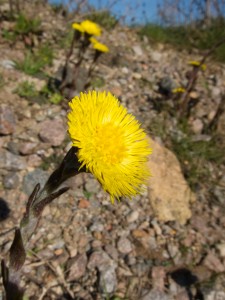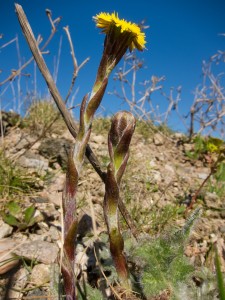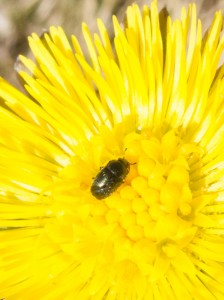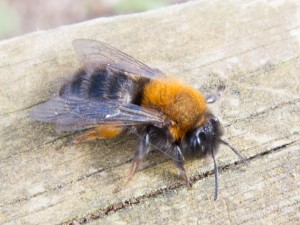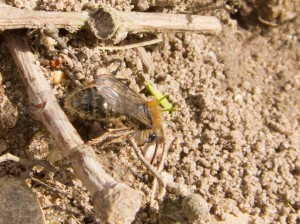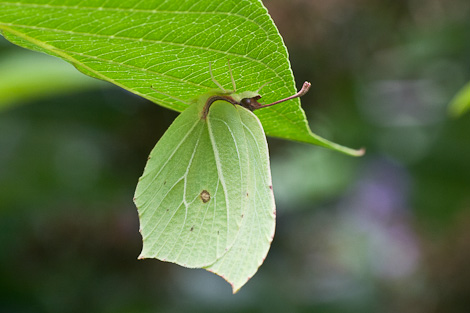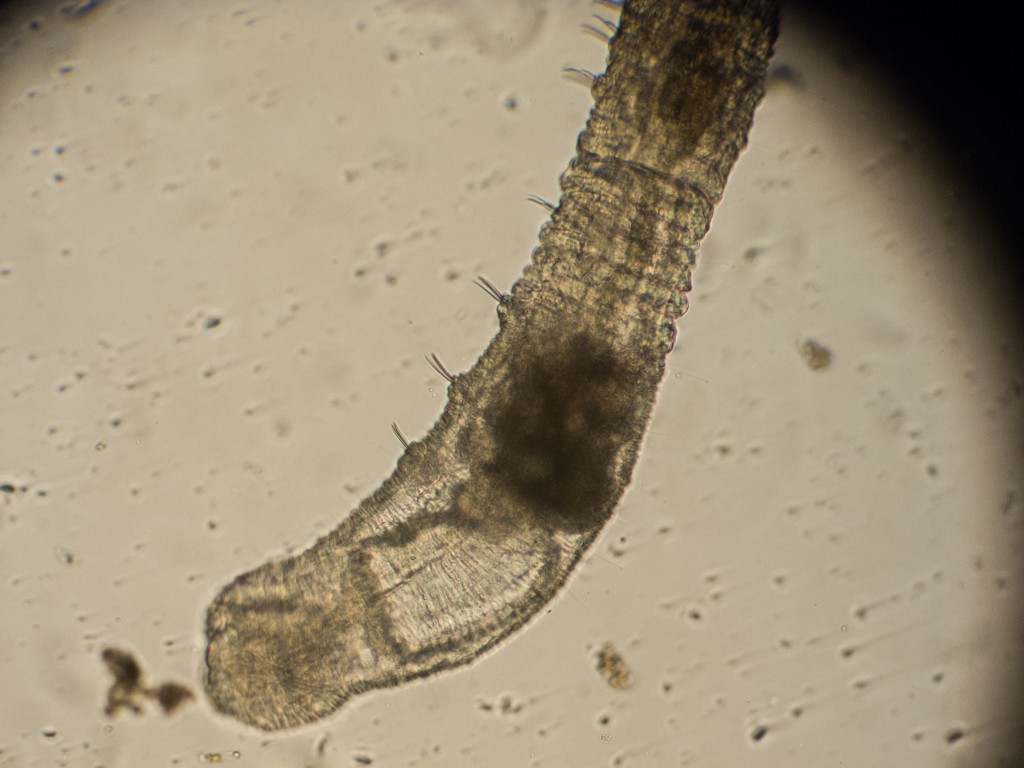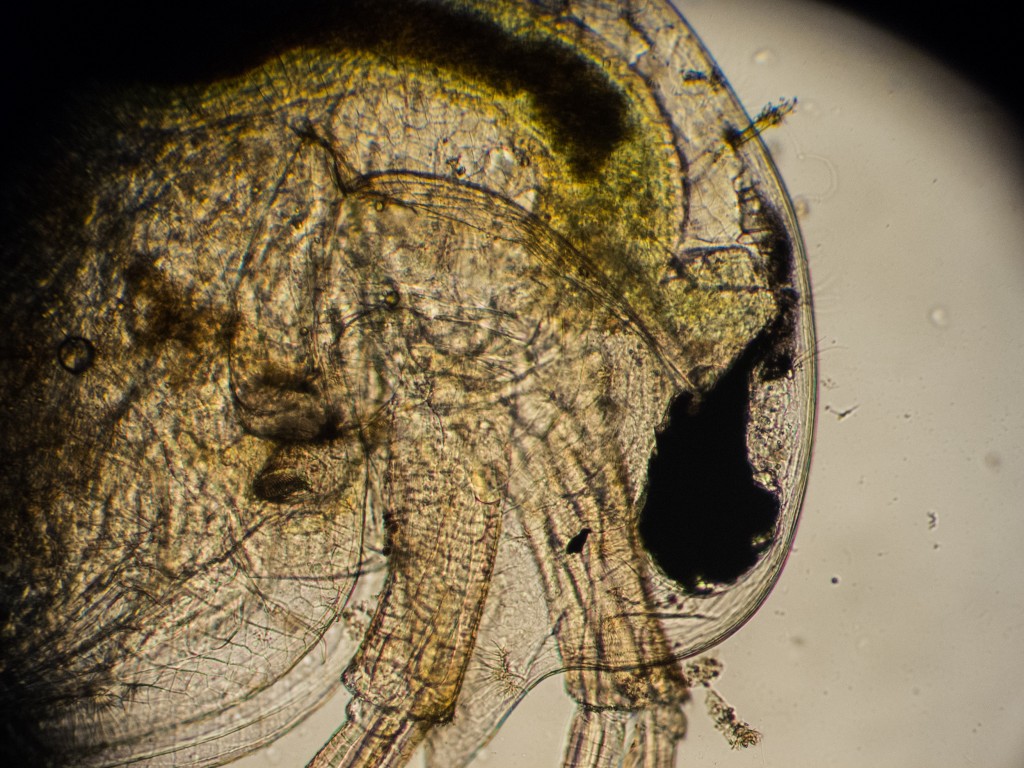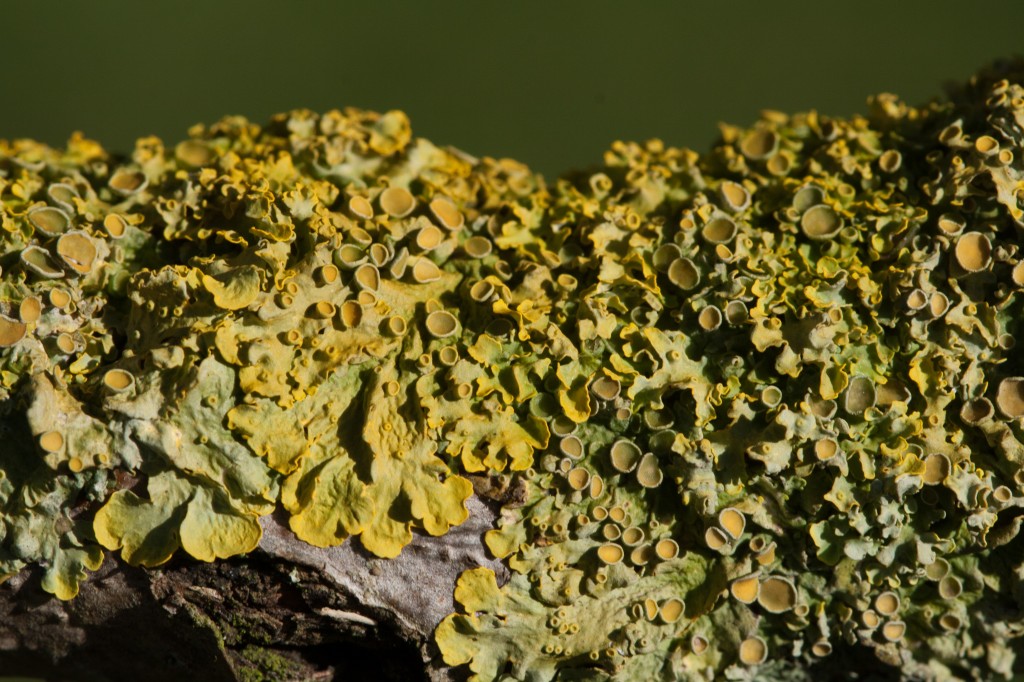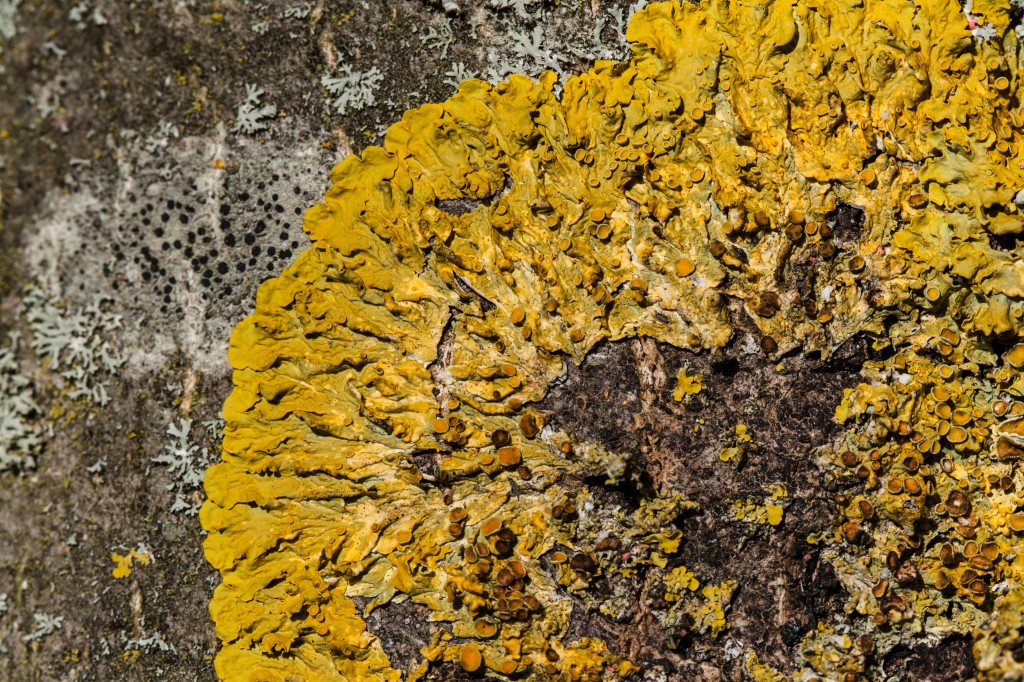So continuing my developing desire to learn more about the wildlife, more particularly at the moment, the birds on my local patch I made an effort to go out with my ‘scope again this weekend – despite the dire weather forecast. I had to go on the Saturday as we had agreed to help out with the countryside day on the Sunday, so off we set with telescope and tripod with the sun in the sky, and dark grey clouds massing in the distance.
Sure enough, by the time we had made it to the spot where I set up my tripod to watch the terns the distance to the aforementioned black clouds didn’t seem that big anymore (stopping for an ice cream was probably an error). I had just enough time to notice that the terns were still there in numbers when we had to hunker down and wait out the pouring rain and fierce gusts of wind. However, throughout it all the terns were still flying, but they have now been joined by dozens of swifts (as well as house martins, but swallows, not so sure).
Once the wind and rain had disappeared it was time to check out my terns and gulls. Gulls were pretty much the same as last time – herring and lesser blackbacks at the far end and one or two black headed around. I didn’t notice the common gulls, but then I was fairly distracted. I checked the tern rafts – lots of birds around, but unfortunately most of the rafts were under water – I do hope that they hadn’t laid any eggs yet. Unsurprisingly the big new tern raft (at least I assume that’s what it is) that rides high in the water was suddenly much more popular. In the past there were only one or two terns sitting on it, this time though I counted eight around the top and there were at least two sitting in the raft – these are the ones I saw when a neighbour tried to land too close to them!
I watched the graceful terns patrolling around, tried to follow them in my ‘scope (there’s a reason they are also known as sea swallows) but wherever I looked I would see a dark shape zoom past. The swifts are back! I love sitting on the dam whilst they zoom up and over then zoom back down to fly just above the surface of the water. Where terns appear graceful and serene (until they open their beaks at least) the swifts are manic, always in a hurry, careening this way and that across the water, or screaming high above, their unmistakable scythe shaped wings so dark against a blue sky.
From now until August I’m going to be spoilt for choice – terns or swifts – which to watch?

